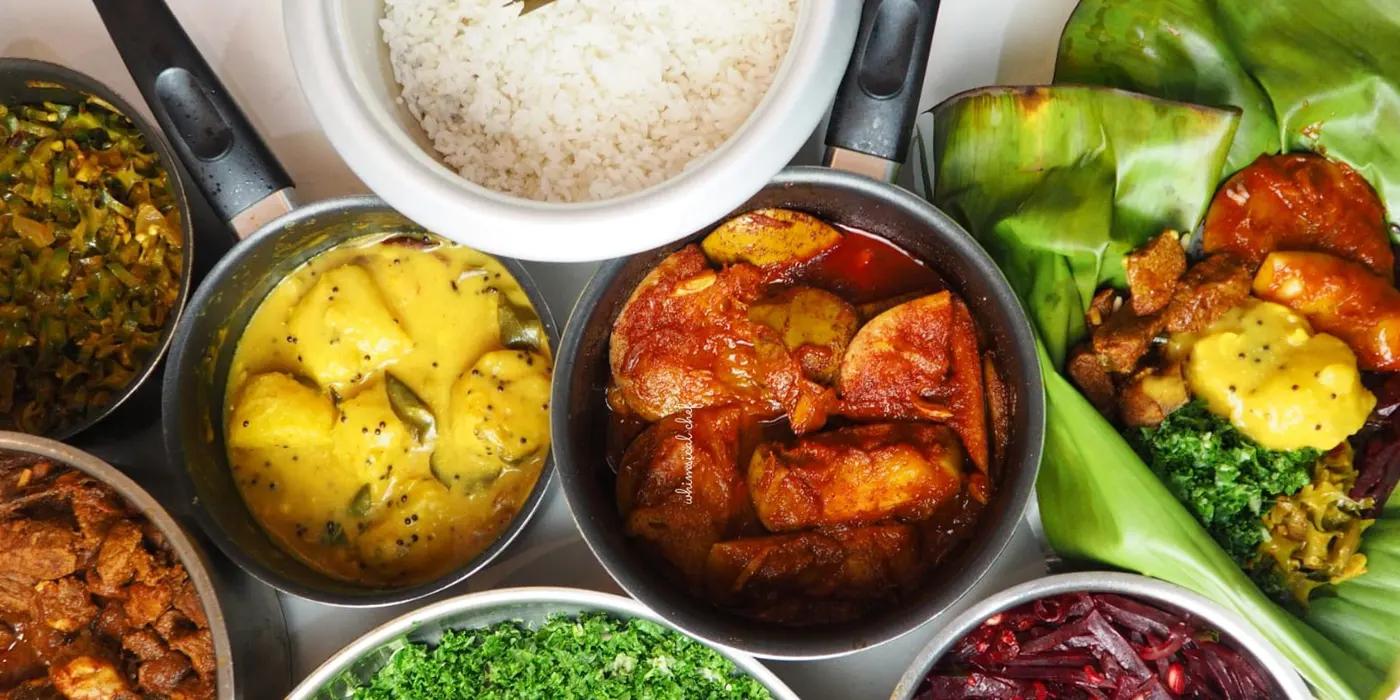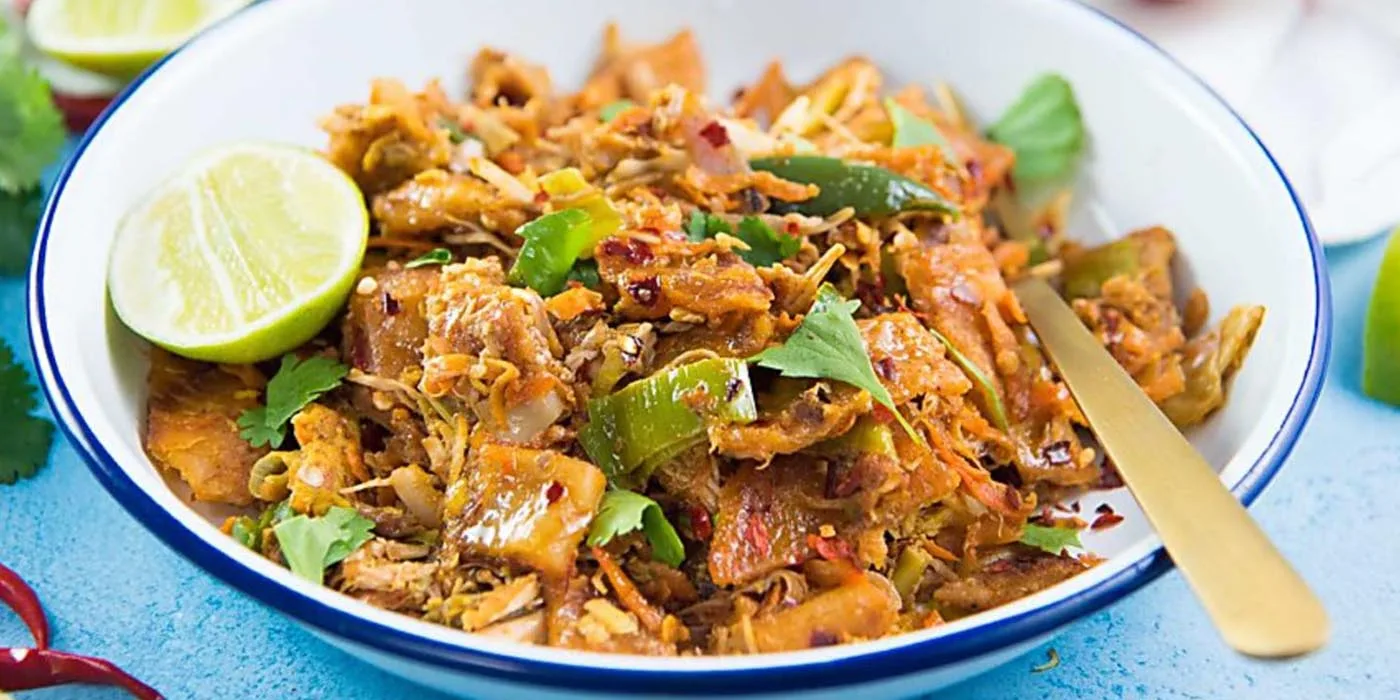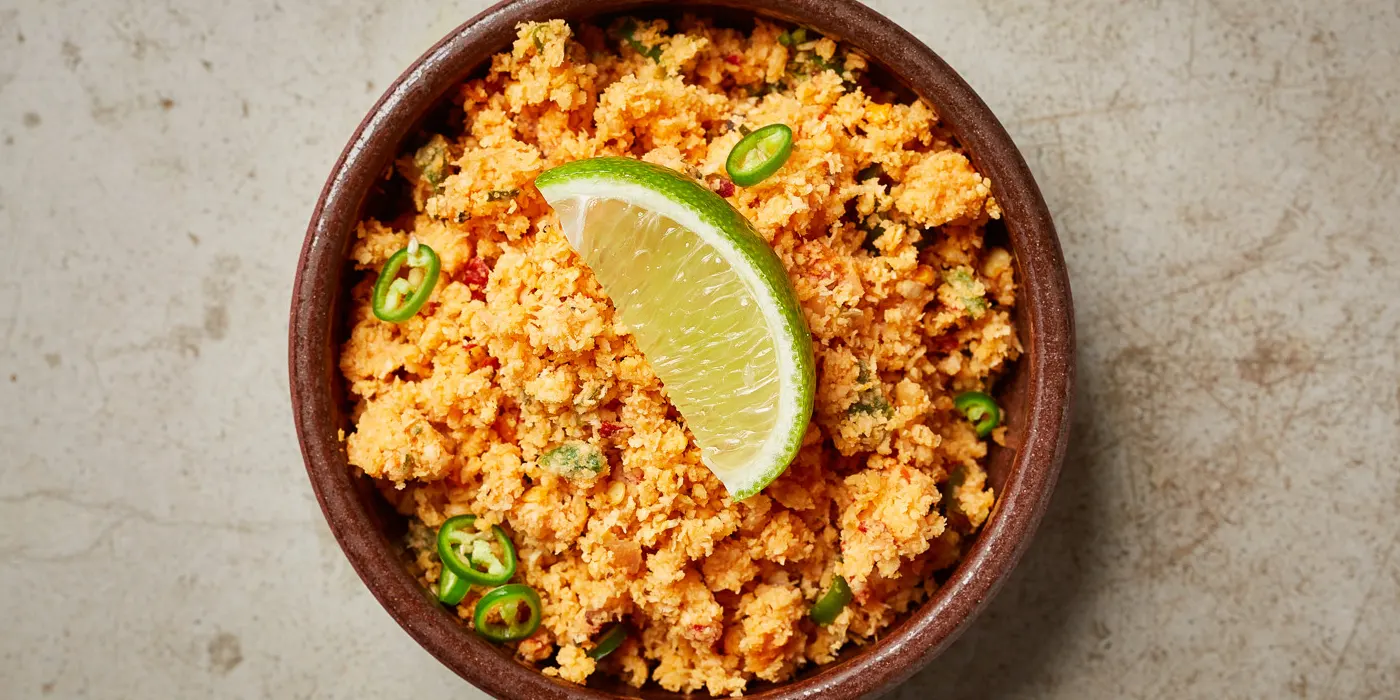The island nation of Sri Lanka, nestled in the Indian Ocean, is a treasure trove of culinary delights. Influenced by its history, geography, and culture, Sri Lankan cuisine is a vibrant and unique blend of flavors, spices, and textures that reflect the island's rich diversity.
A Symphony of Spices
The heart of Sri Lankan cooking lies in its masterful use of spices. From the fiery heat of chili peppers to the fragrant aroma of cinnamon, spices are used not just for flavor, but also for their therapeutic qualities. The iconic Sri Lankan curry, a staple in every household, is a testament to this. Each curry is a blend of spices like cumin, coriander, fennel, and cardamom, often freshly ground and combined to create a depth of flavor that is both complex and harmonious.
Signature Dishes
Rice and Curry
The quintessential Sri Lankan meal. It typically includes a main meat or fish curry, several vegetable curries, and a plethora of side dishes like ‘Papadum,’ spicy sambols, and pickles.
Hoppers (Appa)
These are bowl-shaped pancakes made from fermented rice flour and coconut milk. The center is often cooked to be soft and doughy, while the edges are thin and crispy. They can be enjoyed with a variety of accompaniments, including spicy sambol or a simple dab of butter and sugar.
Kottu Roti
This is a popular street food made from godamba roti (a type of flatbread), vegetables, egg, meat, and spices, all chopped and mixed together on a flat iron skillet. The rhythmic chopping sound of Kottu being prepared is unmistakable in Sri Lankan streets at night.
String Hoppers (Idiyappam)
These are delicate noodles made from rice flour dough, pressed out in a circular pattern and steamed. They are a popular breakfast dish, usually served with curry and coconut sambol.
Pol Sambola (Coconut Sambol)
A spicy condiment made from grated coconut, red onions, dried chilies, lime juice, and Maldive fish. It adds a fiery burst of flavor to any meal.
Watalappan
A rich pudding made from coconut milk, jaggery (palm sugar), cashew nuts, and a variety of spices including cardamom and nutmeg, often served as a dessert.
A Feast for the Senses
Sri Lankan meals are a feast for the senses. The colors, from the vibrant greens of the mallung (a leafy green salad) to the deep reds of the meat curries, are a visual delight. The aromas of simmering spices, coconut, and fresh herbs are intoxicating. And the flavors – a mix of spicy, sweet, tangy, and umami – dance on the palate, making each meal an unforgettable experience.
A Reflection of Diversity
Sri Lankan cuisine is also a reflection of the island's multi-ethnic and multi-religious heritage. Sinhalese, Tamil, Moor, Malay, and Burgher communities each have their unique dishes and preparation methods, contributing to the rich diversity of Sri Lankan cuisine.
Sustainability and Health
Sri Lankan cooking is not just about taste; it’s also about health and sustainability. The use of fresh, locally sourced ingredients, a wide variety of vegetables and greens, and the minimal use of processed foods make it not only delicious but also nutritious.
In Conclusion
Sri Lankan food is a journey through the island's history, culture, and traditions. It’s a culinary adventure that offers something for everyone – from the spice aficionado to the lover of milder flavors. With its unique combinations of flavors and spices, Sri Lankan cuisine is undoubtedly a hidden gem in the world of gastronomy, waiting to be explored and savored.



